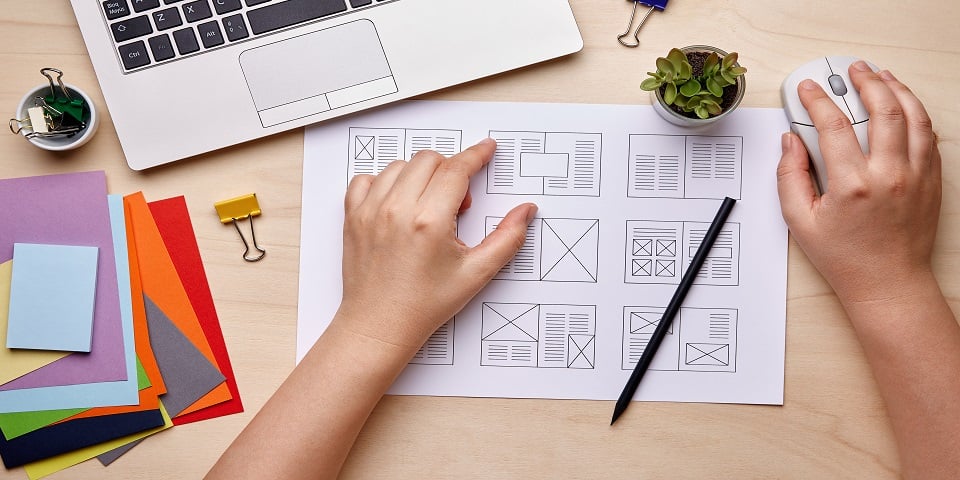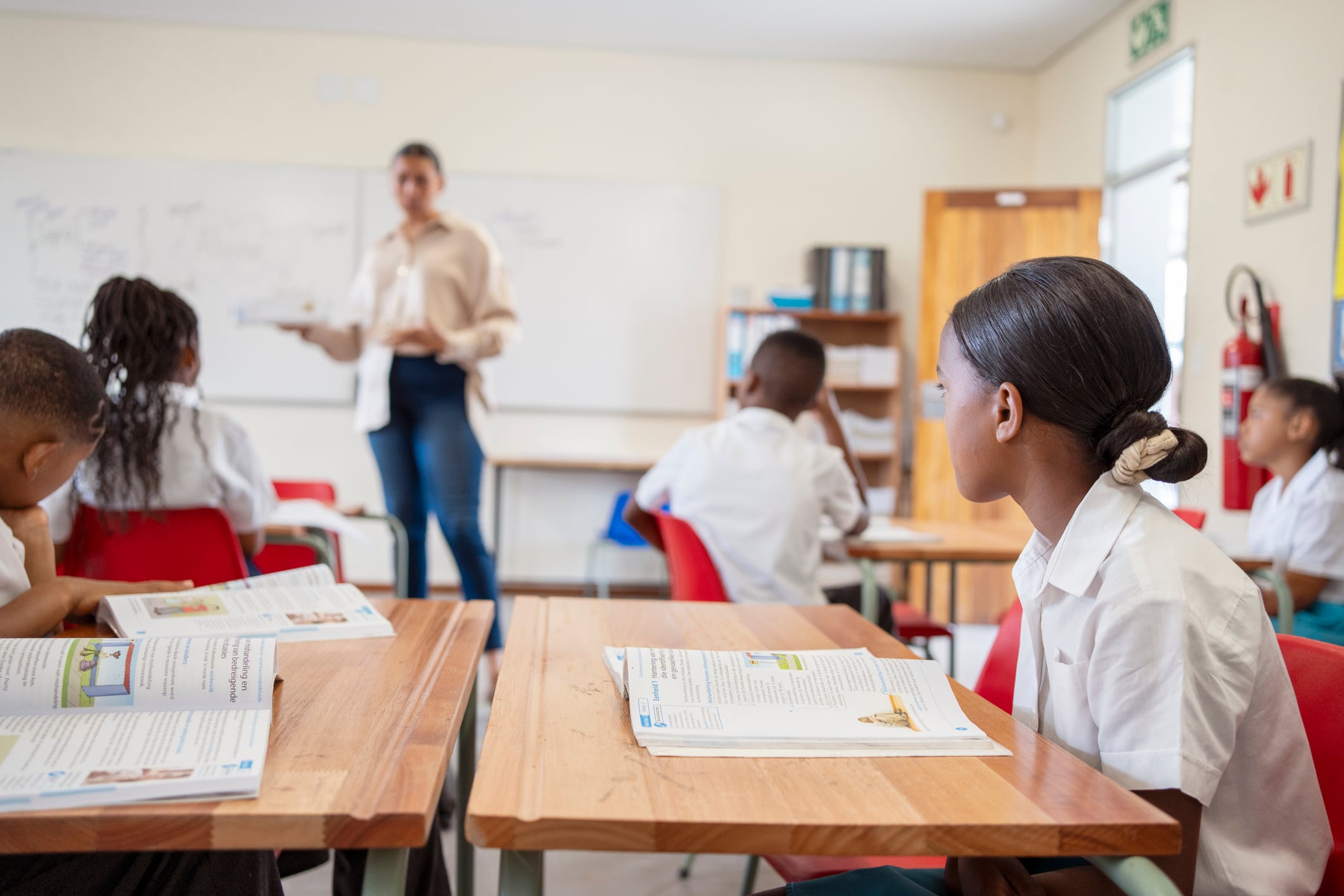How a Newspaper is Made: Turning Stories into News
Journalistic Writing
SO, the journalists have all sourced their stories… now what? How exactly is news put together and produced to fill the pages of a newspaper?
5th July 2019

Well, at First News, the first thing that happens is the editorial team will have a meeting to decide which stories are strong enough to get into their paper.
As well as looking for great stories, journalists also need a good balance that will satisfy their readers. Too many stories about death and destruction will put some people off, while others might not appreciate an overload of fun, quirky stories. Watch the video below to see the First News editorial team in action, then get your class to try our Editorial Team Meeting Activity to help them visualise this critical stage of the news reporting process.
Once everything’s been chosen, the journalist has to then write the story. This involves collecting any information together, transcribing interviews and doing research to gather extra information or facts.
Can we talk about the Five Ws?
As we’ve neatly arrived at this junction, can we quickly discuss the Five Ws (and an H, actually)?
Most news stories will need to answer those all-too famous set of questions known as the Five Ws and one H: Who was involved? What happened? Where was it? When was it? Why did it happen? How did it happen? The operative word in that first sentence is ‘most’, by the way. Most journalists these days will tell you that it’s actually far more important to answer the most important of the Five Ws (and H) relevant to that specific news story, rather than purposefully trying to answer all of them.
When discussing these famous questions with your pupils, get them to really think about which questions are important in relation to the news story they are going to write about. Trying to forcefully answer these questions – when not relevant – can actually alter the direction and flow of the story. They key is to encourage them to report on the relevant information.
That being said, in some cases of news reporting, if you don’t answer all of these questions, the story may not be complete. After all, you can learn a lot with these questions.
We recommend encouraging a little editorial judgement in your classrooms and junior newsrooms.
Edit, Edit and Edit again
Once a story is written, next up is editing and proofreading.
Although your pupils will usually only see one journalist’s name on a report (known as a byline), each story might have been corrected, changed and improved by several more people, including a news editor, subeditor, deputy editor and editor.
The reason so many people read each story is to catch mistakes, add in crucial information or take out something that might be hard to prove and could risk getting the publication in trouble.
These are all elements of a subeditor’s job. Subs (as they’re often colloquially called in the industry) are a crucial part of any newspaper, as they also help to make sure each story reads and flows well, and fits in with a paper’s tone. Subs are also usually the source of the clever and witty headlines and picture captions that help attract readers to a story.
Making the News Appealing
To make readers want to get stuck into a newspaper, designers have to work their unique -style of creative magic with the chosen words and pictures that they’ve been given. With more serious stories, they might use less colour as to be respectful to people who may have died, but they can experiment and have fun with more light-hearted stories, using brighter colours and quirky graphics to make things stand out. Designers also love great images to work with, so…
Don’t forget the pictures!
As the saying goes, “a picture is worth a thousand words”, so images can add some helpful information or dramatic impact to a story.
Pictures can come from many sources, whether it’s the person mentioned in the story, the journalist, a professional photographer or an eyewitness.
A picture editor will try to find the best possible pictures to go with a report, or perhaps pay a photographer or picture agency a lot of money to have exclusive use of a photo.
Picture editors have many more sources nowadays, as anyone can take a fantastic high-quality picture with their smartphone, and social media allows them to share it with the whole world.
And finally…
Once a page has been written, designed, edited, laid out and designed, it needs to then be checked again, just to make sure everything works and nothing has been missed.
And if a better story has come along in the meantime, it might need to be scrapped, so everyone will have to do it all again before the paper gets printed!
Every inch of the newspaper-making process is just as important as the other and the work truly doesn’t stop until the very second before the team sends the pages off to be printed.
Editorial Team Meeting Activity
In this activity children have a turn at being the First News Editorial Team. They’ll need to discuss the week’s news stories and decide what they think should make the news and feature on the front cover and in the main headlines page.
- Teacher Information
- Activity Introduction (for classroom whiteboards)
- News stories for the Editorial Team Meeting
- Flatplan for the Editorial Team Meeting
Interested in First News?
First News reaches millions of young readers every week, at home and at school. Our age-appropriate news stories and activities spark curiosity, build media and information literacy skills and empower children with the tools to navigate the world.



